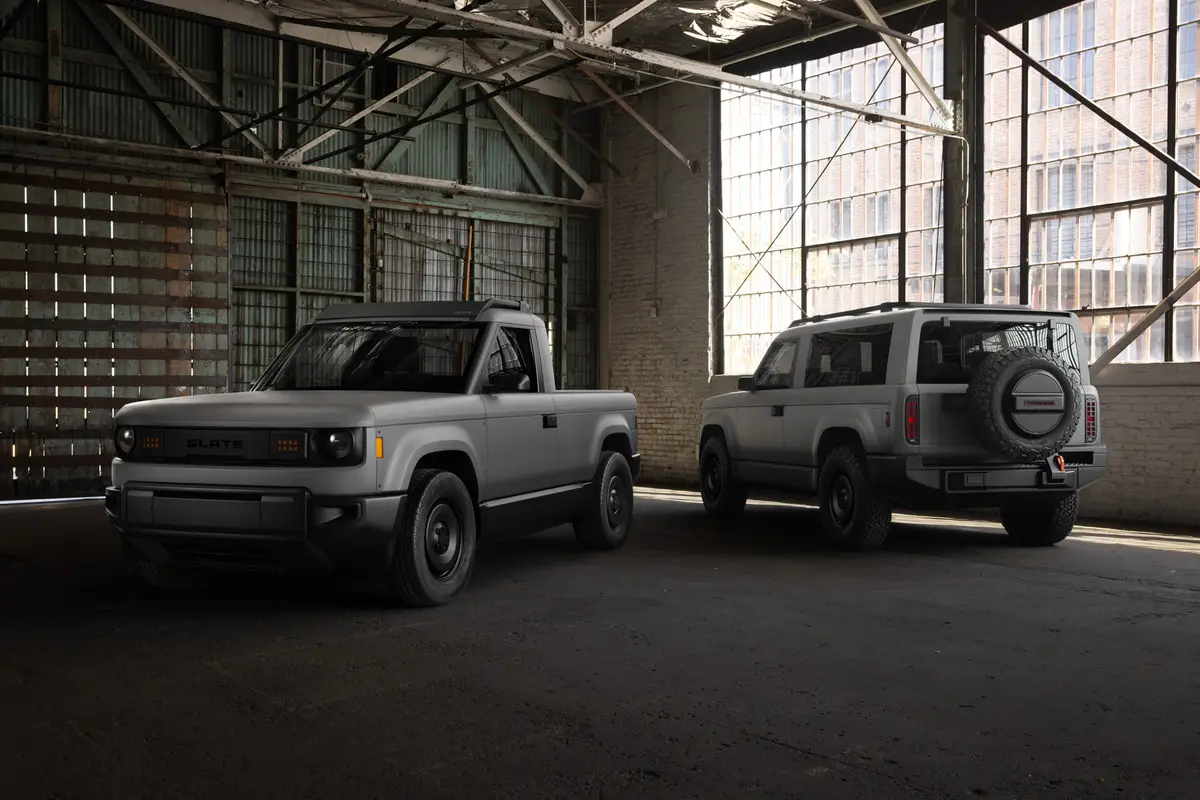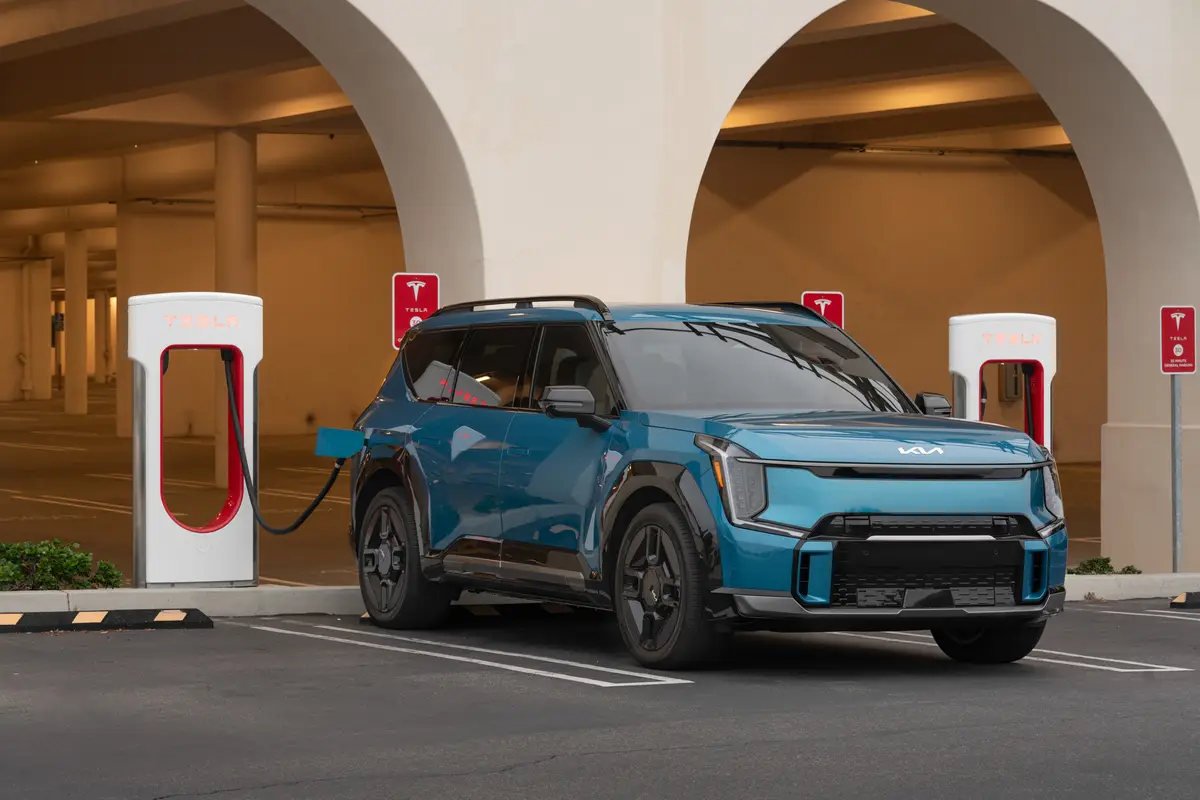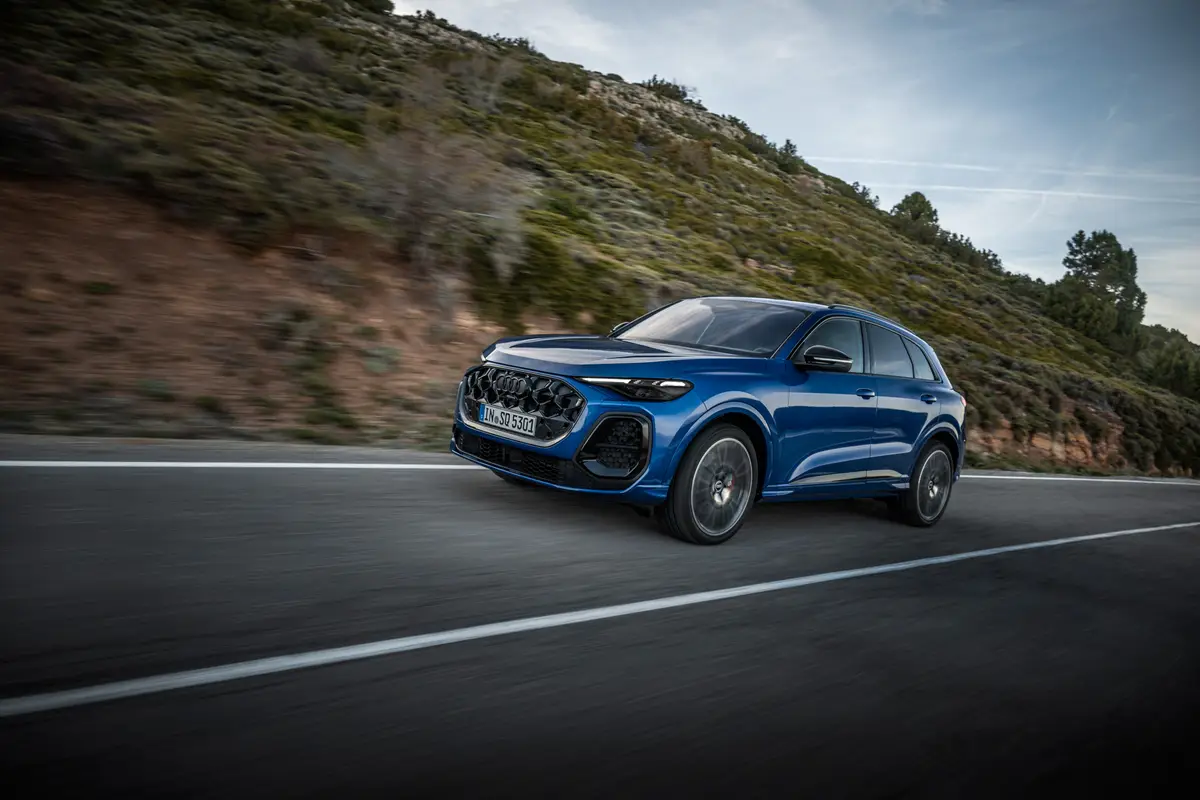Star-Telegram.com's view
The all-new Jetta isn’t for everyone, Volkswagen’s top U.S. official declared during the recent national media introduction of the fifth generation of VW’s compact sedan. The Jetta, and other Volkswagens as well, are “not for those into appliance motoring,” Len Hunt, vice president and general manager for Volkswagen of America, told automotive journalists who gathered in San Diego for their first test-drives of the new Jetta.
“VWs are not for everybody; they’re for people who care about taking the long way home,” he said. “They are designed for drivers.”
That’s in line with Volkswagen’s continuing marketing theme: “On the road of life, there are passengers and drivers. Drivers wanted.”
“We don’t want to position Volkswagen for the masses,” Hunt said.
Whether this strategy of marketing Volkswagens as niche vehicles intended for an audience of performance-oriented drivers is by necessity or design is anyone’s guess. Not since the original Beetle lost its leadership position in U.S. import-car sales to the Japanese automakers in the early ’70s has one of these German cars been considered anything more than a niche vehicle here.
Where Toyota sold 426,990 Camry sedans and Honda 386,770 Accord sedans during calendar year 2004, VW sold just 67,600 of its competing midsize Passat. And that was in spite of the Passat having been rated the best midsize sedan by /{Consumer Reports/}. And in the compact class, where Toyota sold 333,161 Corollas and Honda 309,196 Civics last year, Volkswagen tallied just 91,790 sales of the Jetta, the brand’s best-selling U.S. vehicle.
In fact, the Corolla and Civic each outsold all Volkswagen models combined during 2004. Total VW sales in the United States were 256,111 units, including about 2,000 of the Phaeton luxury car and 27,200 of the Touareg sport utility.
Remembering how much Volkswagen enjoyed its dominance of the U.S. import market in the ’50 and ’60s, it’s hard to imagine that the brand set out to be just a niche player in today’s highly competitive auto environment.
And if the company suddenly found itself with a vehicle as much in demand as a Camry or Accord, it’s hard to imagine anyone at Volkswagen complaining. The company expects to sell about 140,000 of the new Jetta in its first full year, which is how many were sold after the last complete makeover, in 1999, a spokesman said.
But if VW must resign itself to niche status, as it apparently has, the idea of using clever marketing to position the vehicles as somehow special and above the average Toyota or Honda “appliance” vehicle makes some sense.
As for the new Jetta – which confusingly comes to market this month as the company’s second 2005 Jetta model (the previous generation has been on sale since fall as a 2005 model, as well) – above-average roadhandling and edgy styling seem to set it off from the rest of the compact class, which really is mostly about cookie-cutter economy cars intended for the masses.
For now, the new Jetta is available only with an also-new inline five-cylinder engine, whose rated 150 horsepower and 170 foot-pounds of torque appears to be quite a boost over the previous-generation’s 115-horsepower four-cylinder.
VW claims a zero-to-60 mpg time of 9.1 seconds (with automatic) and a top speed of 129.3 mph.
In actuality, this engine is more like one designed for the appliance motorist, however. On slight uphill grades in the scenic mountains east of San Diego, the Jetta strained when trying to pass other vehicles, and despite its great road-hugging abilities, it seemed somewhat underpowered to be considered a real “driver’s” vehicle.
That’s probably OK, because the base Jetta, with a starting price of about $18,000 with a manual gearbox and $19,000 for an automatic, actually is designed for people who might otherwise be satisfied with the four-cylinder power of a base Civic or Corolla. But for those looking for more excitement, VW will introduce a new 2.0-liter turbocharged four-cylinder engine in the Jetta by early summer.
This one, already offered as the base engine in the redesigned Audi A4 compact, turns out 200 horsepower and 207 foot-pounds of torque. In the Audi, which is on the same chassis platform and is similar in size to the Jetta, this engine provides lots of pep, just what the new Jetta needs to be truly more than an appliance.
Jettas equipped with this engine will be offered with a six-speed manual gearbox, also used in the Audi. (Audi is Volkswagen’s premium brand.)
Also coming later in the model year is the 1.9-liter turbodiesel engine carried over from the previous Jetta, rated at 100 horsepower and 177 foot-pounds of torque.
As for the base Jetta, for now it will be available with only a six-speed Tiptronic automatic transmission. The five-speed manual model will arrive in about two months, the company said.
The redesign isn’t just a minor cosmetic change, either. The new Jetta is “significantly larger” than before, with new styling, the additional power, a new electromechanical power-steering system and a new multilink suspension system, said Jetta product manager Paul Spevetz.
Hunt calls the car a model of “affordable German engineering.”
It’s seven inches longer, and has a wheelbase three inches longer than before. The new grille – which Spevetz called “the brand’s new face” – has a “V” shape that he said can be “traced back to the original Beetle.”
Despite having a New Beetle in its lineup, the Jetta actually is the continuation of the old Beetles’ replacement. The Jetta was introduced in 1980 as VW’s new volume-seller, and over its 25-year history, more than 2.2 million have been sold worldwide.
The new car’s improved handling is attributed to the revised suspension and a more-rigid body, made possible by the extensive use of high-strength steel, Spevetz said. Inside, the car is nearly as roomy as some midsize sedans, at 91 cubic feet of space. And the trunk is positively cavernous, larger than that of the midsize Accord and nearly on par with the Camry’s, at 16 cubic feet. That’s about three cubic feet more than either of the Jetta’s two major competitors, the Civic and Corolla.
Extra room was built into the back seat to make the new Jetta comfortable for up to five adults. Legroom has increased by 1.9 inches over the previous model.
Safety features include six standard air bags, including side curtains for front and rear. Active head restraints are standard, and rear-side thorax air bags are optional.
Vehicle stability control is standard on all but the base model, but is offered as a $280 option on the base.
The base price of $17,900 (plus $615 freight) for the “value model” includes the most-popular standard equipment, Hunt said. “This is not a stripped-down model.” Among its features are power steering and brakes, air conditioning, power/heated outside mirrors, manual gearbox and the 2.5-liter engine.
The highest-priced 2.5 model, at $25,050 plus freight, includes full leather interior, universal garage/gate opener, satellite radio, dual-zone automatic climate control, six-disc CD changer (with MP3 playback), rain-sensing wipers, power driver’s seat, and wood trim, among other amenities.
No wagon version will be offered, at least for now, Hunt said. The first Jetta wagon was introduced just three years ago, but production has ended with the startup of production of the fifth-generation Jetta, Hunt said.
All Jettas are built at VW’s plant in Puebla, Mexico, which has received $800 million in upgrades, including state-of-the-art robotics, for the new Jetta, the company said.
G. Chambers Williams III is staff automotive columnist at the San Antonio Express-News and former transportation writer for the Star-Telegram. His automotive columns have appeared regularly in the Star-Telegram since 1995. You may contact him at (210) 250-3236; chambers@star-telegram.com.
Latest news



